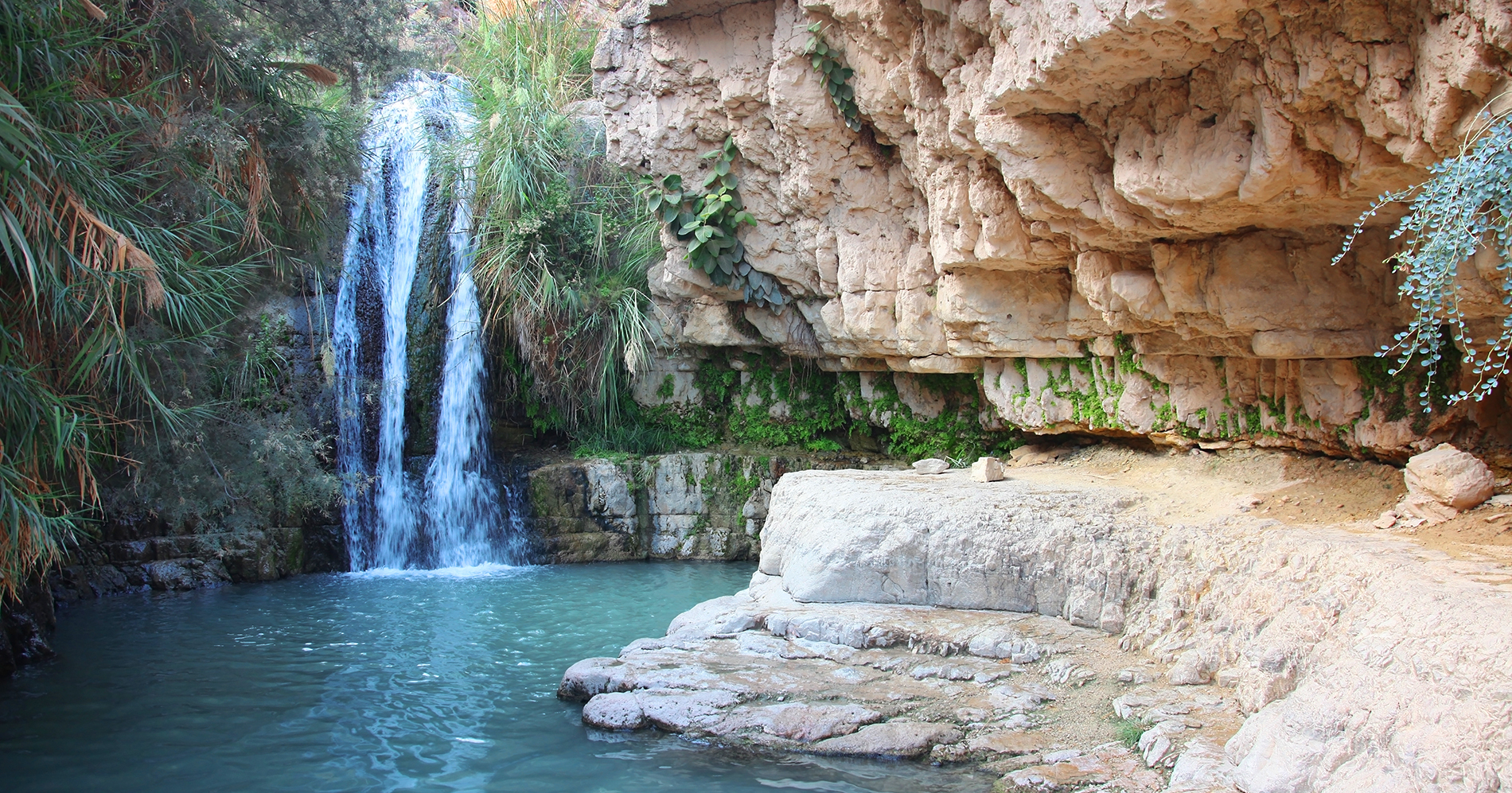
Bible, History, Archaeology
Bible,
History,
Archaeology
the Ein Guedi scroll
The Ein Guedi scroll
Probably the oldest Torah manuscript ever discovered
A fragment of a Torah scroll unearthed in 1970 in the remains of a very ancient synagogue at Ein Guedi, a site near the Dead Sea, proved too fragile to be unrolled without damage. It was kept under glass by an Israeli archaeologist.
Archaeological evidence suggests that the date of this synagogue is around 500 AD, but carbon-14 testing reveals that the fragments of the Torah scroll itself are much older, probably dating from 300 AD. The location of this scroll suggests that it would have been used for liturgical reading.
Scientific analysis
Now, in 2015, a new digital imaging technique has revealed by micro-modensitometry what's written inside: an ancient Hebrew text from Leviticus 1-2 dating back some two thousand years.
This analysis enabled the scientists to read the contents of the manuscript by digitally «unrolling» it without having to open it, and therefore without the risk of altering it.
According to Emmanuel Tov of the Hebrew University of Jerusalem, a specialist in the Dead Sea Scrolls, this text is virtually identical to the current Hebrew version.
The region's warm, dry climate had preserved many papyrus fragments, but when the first manuscripts were discovered, they crumbled to dust as soon as archaeologists touched them. The preserved scrolls were therefore carefully sheltered, and remained so for almost half a century without their contents ever being discovered.
From left to right:
- the digitally “unrolled” manuscript;
- To the right of the one-euro coin, the manuscript at the time of its discovery. Or Imbar/Théo Truschel.
- On the right of the image, the internal structure of the roller digitized using X-ray microtomography. Image © D.R.
A new technology
Researchers hope to be able to use this new technology to analyze a hundred or so ancient documents too fragile to be unrolled, such as certain Dead Sea Scrolls or other papyrus scrolls buried during the eruption of Mount Vesuvius in 79 AD.
This technique should also be applicable to fields such as the more general study of antique objects, as well as forensic medicine.


